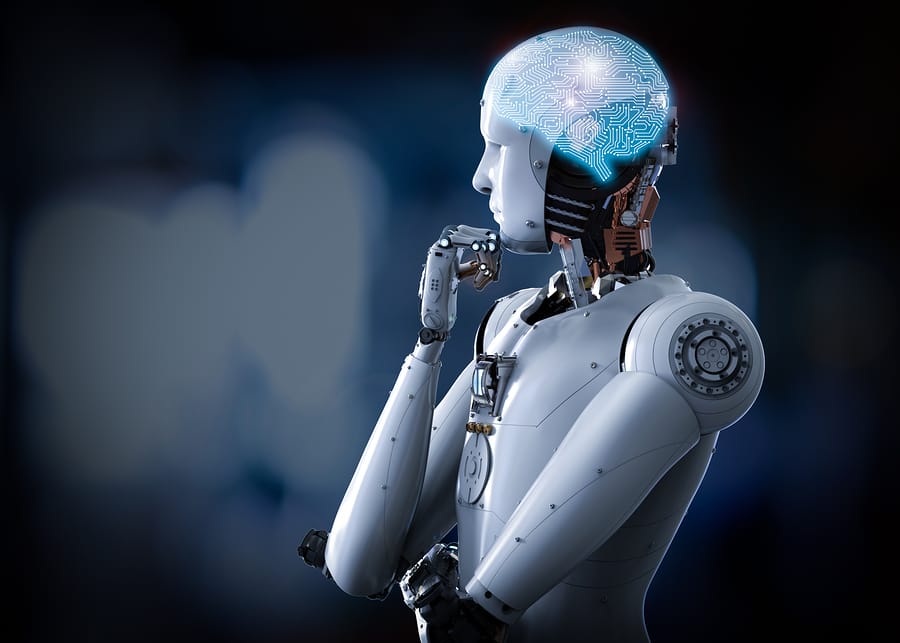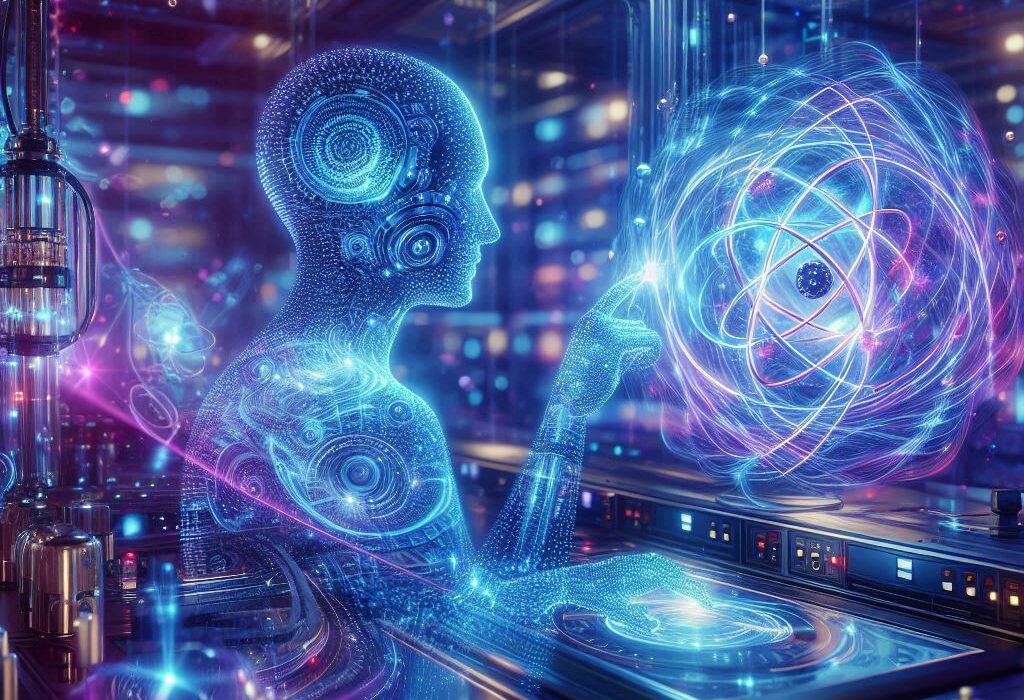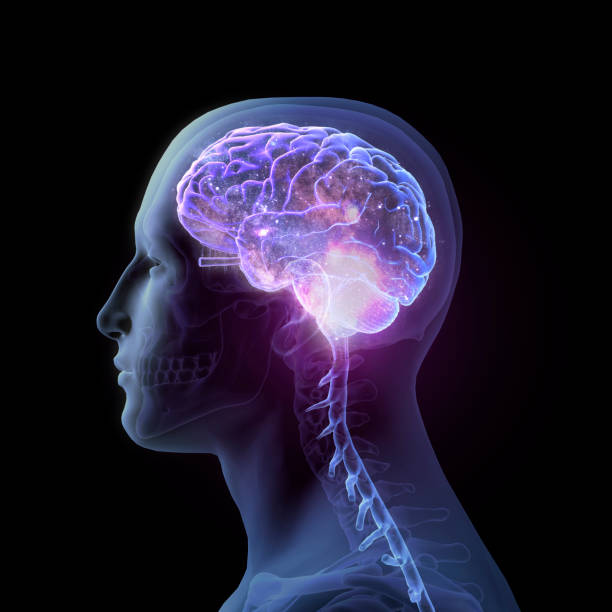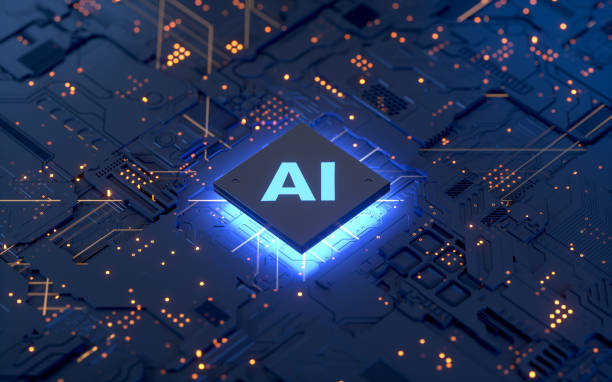Artificial Intelligence, or AI, is no longer a futuristic dream confined to science fiction. It’s here, all around us, shaping how we live, work, shop, travel, and even think. Every time your phone unlocks with your face, every time a movie is suggested that perfectly matches your mood, and every time your car warns you to hit the brakes—you’re witnessing AI in action.
What makes AI so fascinating is its invisibility. It doesn’t always look like a robot or a machine—it hides in the algorithms that learn your preferences, the assistants that answer your questions, and the systems that keep our world running smoothly.
This isn’t just technology—it’s the quiet intelligence that adapts, learns, and evolves with us. Let’s explore fifteen real-life examples of how AI is transforming everyday life, one decision, one click, and one moment at a time.
1. Smart Assistants – Your Personal Digital Companions
When you say, “Hey Siri,” “Okay Google,” or “Alexa,” you’re summoning one of AI’s most familiar faces: the virtual assistant. These smart helpers are powered by natural language processing (NLP), a branch of AI that allows machines to understand and respond to human language.
They don’t just respond to commands—they learn. Over time, they understand your tone, habits, and preferences. They can tell you the weather, control your lights, set reminders, and even crack a joke when you need one.
What makes them remarkable is their constant improvement. The more you interact with them, the smarter they become. They adapt to your accent, your schedule, and your lifestyle. It’s like having a personal secretary who lives in your phone, your home, or your car—always listening, learning, and ready to help.
2. Facial Recognition – The AI That Sees You
Every time your phone unlocks with a glance, you’re using AI-powered facial recognition. This technology maps thousands of points on your face—like the distance between your eyes and the shape of your jaw—and uses deep learning to recognize you instantly.
Facial recognition isn’t limited to smartphones. It’s used in airports for secure check-ins, in social media to tag friends automatically, and in banking apps for identity verification. Some cities even use it for public safety, identifying missing persons or suspects.
However, this powerful technology raises deep ethical questions. It’s a tool of immense convenience—but also one that demands careful control to protect privacy and freedom. Facial recognition represents both the brilliance and the complexity of living with AI.
3. Recommendation Systems – The AI That Knows What You Love
Ever wonder how Netflix knows what show you’ll binge next, or how Spotify creates a playlist that feels like it was made for your soul? That’s AI at work.
Recommendation systems use machine learning algorithms to study your behavior—what you watch, listen to, buy, or scroll past. They then compare your habits to millions of others, predicting what you’ll enjoy next.
On Netflix, AI analyzes how long you watch, what you skip, and even what time of day you stream. On Amazon, it learns from your searches, purchases, and wish lists to suggest new products.
This isn’t just convenience—it’s personalization on a grand scale. It’s AI understanding your emotions, moods, and habits to create a digital experience that feels uniquely yours.
4. Navigation and Traffic Apps – The AI That Knows the Road
When Google Maps or Waze tells you the fastest route to work or warns of traffic jams, you’re seeing AI in motion—literally. These apps rely on machine learning to analyze real-time data from millions of users, road sensors, and satellites.
AI processes all that data to predict traffic conditions, suggest alternate routes, and even estimate arrival times with uncanny accuracy. It learns patterns—like rush-hour peaks and weekend slowdowns—and adjusts its predictions accordingly.
In modern cars, AI goes further. Advanced driver-assistance systems (ADAS) use computer vision to detect obstacles, read signs, and keep you safe on the road. The line between navigation app and self-driving car is blurring fast.
With every mile driven, AI becomes a better co-pilot—quiet, tireless, and always one step ahead.
5. Email Filters and Smart Replies – The AI That Manages Your Inbox
Email might feel mundane, but it’s one of the oldest and most practical examples of AI at work.
When your Gmail automatically moves a message to the spam folder, it’s using machine learning to detect suspicious patterns—like misleading subject lines, phishing links, or known spam networks. Over time, the algorithm refines itself by studying which emails you open, delete, or mark as spam.
Smart Replies take it a step further. When Gmail suggests a quick “Sounds good!” or “Let’s do it,” it’s using natural language processing to understand the context of the message and generate appropriate responses.
AI is the silent assistant keeping your inbox clean, efficient, and one step away from chaos.
6. Social Media Feeds – The AI That Shapes What You See
Scroll through your favorite social platform, and every post, ad, and video you see has been chosen by AI.
Algorithms on Facebook, Instagram, TikTok, and X (formerly Twitter) analyze your behavior—likes, shares, comments, and pauses—to predict what will keep you engaged. These systems optimize your feed to show you the most relevant, entertaining, or emotionally resonant content.
The goal is to make your experience personalized and addictive. It’s AI learning who you are, what makes you laugh, and what makes you think.
This power to curate our digital reality has changed how we communicate and consume information. It’s both a marvel of personalization and a reminder of AI’s influence on human attention.
7. Healthcare Diagnostics – The AI That Helps Save Lives
In hospitals and labs around the world, AI is becoming a trusted medical partner. It doesn’t replace doctors—it empowers them.
Machine learning models are now capable of detecting diseases like cancer, diabetes, and heart conditions earlier and more accurately than traditional methods. For example, AI systems can analyze X-rays, MRIs, and CT scans to detect tiny abnormalities that the human eye might miss.
In 2020, Google’s DeepMind created an AI that diagnosed breast cancer more accurately than human radiologists. Similarly, AI tools can predict patient deterioration, assist in drug discovery, and personalize treatment plans.
AI in healthcare is about precision and compassion—using data to save time, reduce errors, and, most importantly, save lives.
8. Online Shopping and Virtual Try-Ons – The AI That Redefines Retail
Shopping has become an intelligent experience, thanks to AI. From personalized product suggestions to virtual fitting rooms, it’s transforming how we buy.
When you browse online, AI tracks your preferences, compares them to millions of others, and recommends items you’re most likely to purchase. On fashion sites, virtual try-on systems use computer vision and augmented reality (AR) to let you “see” how clothes or accessories will look on you before you buy.
AI also powers customer service chatbots that answer questions, process returns, and guide your shopping journey. It creates a seamless, personalized experience—combining data, design, and emotion into one smart retail encounter.
9. Banking and Fraud Detection – The AI That Protects Your Money
Every time your bank alerts you about a suspicious transaction, AI is behind the scenes, analyzing your financial behavior to keep your money safe.
AI systems learn your typical spending patterns—where you shop, how much you spend, and when. If something seems off—like an unexpected withdrawal in another country—it flags the transaction instantly.
In banking, AI also enhances customer service through virtual assistants and chatbots. They answer account queries, help with transactions, and even give financial advice.
Behind the scenes, algorithms assess credit risk, approve loans, and detect fraud at lightning speed. The result is a smarter, safer, and more efficient financial world powered by intelligent systems.
10. Smart Homes – The AI That Makes Life Effortless
From thermostats that learn your preferred temperature to lights that turn off when you leave a room, AI is quietly running the modern smart home.
Devices like Google Nest, Amazon Echo, and Apple HomeKit use AI to analyze your habits and optimize comfort and energy efficiency. They learn when you wake up, when you sleep, and how you move through your home.
Even household robots like the Roomba vacuum map your rooms and adapt cleaning patterns based on obstacles and floor types. AI turns ordinary homes into responsive environments—spaces that anticipate needs and evolve with their inhabitants.
This technology is not just convenient; it’s sustainable. Smart homes reduce energy waste, cut costs, and create personalized spaces where comfort meets consciousness.
11. Autonomous Vehicles – The AI That Drives the Future
Self-driving cars are perhaps the most iconic example of AI’s ambition. These vehicles rely on a combination of sensors, cameras, radar, and deep learning algorithms to interpret their surroundings and make real-time driving decisions.
Tesla, Waymo, and other companies have made tremendous strides in developing cars that can navigate traffic, recognize pedestrians, and respond to changing road conditions—all without human intervention.
Each autonomous vehicle learns from millions of miles of driving data, constantly improving its accuracy and safety. Even semi-autonomous features like adaptive cruise control and lane-keeping assistance rely on AI to ensure smoother, safer rides.
The goal is not just convenience—it’s transformation. AI-driven vehicles promise to reduce accidents, emissions, and congestion, steering humanity toward a more connected and efficient future.
12. Language Translation and Communication – The AI That Breaks Barriers
Once upon a time, speaking another language meant hours of study. Now, AI makes translation instant and accessible to anyone.
Tools like Google Translate, DeepL, and ChatGPT’s multilingual features use natural language processing and neural networks to understand context, tone, and even cultural nuances. They don’t just translate words—they interpret meaning.
Real-time translation apps can now convert speech into another language instantly, allowing travelers and businesses to communicate seamlessly across linguistic divides.
AI is dissolving the barriers of language, bringing the world closer through conversation, empathy, and understanding.
13. Education and Personalized Learning – The AI That Teaches with Heart
In classrooms and online platforms, AI is changing how we learn.
Educational systems like Duolingo, Coursera, and Khan Academy use AI to personalize lessons based on your progress, strengths, and weaknesses. The algorithms adjust difficulty, recommend materials, and even detect when you’re struggling.
AI tutors can now provide one-on-one guidance, answer questions, and explain complex concepts in real time. Teachers use AI analytics to identify where students need help and tailor their lessons accordingly.
This isn’t just automation—it’s empowerment. AI brings education to everyone, everywhere, adapting to each student’s pace and style. It’s learning that listens, teaches, and grows with you.
14. Entertainment and Creativity – The AI That Inspires Art
From music composition to movie production, AI is becoming a creative partner in the arts.
Algorithms can now generate melodies, write scripts, and even design visual art. AI systems like OpenAI’s MuseNet can compose music in the style of Beethoven or the Beatles, while DALL·E creates stunning images from written descriptions.
In film and gaming, AI powers realistic animations, voice generation, and interactive storytelling. Streaming platforms use it to analyze audience reactions and design better content.
The beauty lies in collaboration—AI doesn’t replace artists; it amplifies them. It offers tools for imagination, making creativity more accessible and expansive than ever before.
15. Cybersecurity – The AI That Guards the Digital World
In an era where data is gold, protecting it is paramount. AI has become the digital guardian standing watch over networks, systems, and personal information.
Modern cybersecurity systems use AI to detect threats before they strike. They analyze patterns in network traffic, identify anomalies, and predict potential attacks in real time. Unlike traditional security software, AI learns—adapting to new threats as they evolve.
When hackers use AI to create more sophisticated attacks, defenders use AI to counter them. It’s an ongoing digital arms race—but one that keeps our online lives safer every day.
AI doesn’t just react; it anticipates. It’s the unseen force ensuring that our data, our privacy, and our digital identities remain protected in an increasingly connected world.
The Human Heart of Artificial Intelligence
Artificial Intelligence may be built by machines, but it reflects the essence of humanity—our curiosity, our creativity, and our endless desire to understand and improve the world.
AI doesn’t replace us; it extends us. It takes the mundane and makes it automatic, takes the complex and makes it understandable, and takes the impossible and makes it achievable.
From your morning alarm to your late-night streaming session, AI is there—quietly learning, thinking, and shaping your experience. It’s the invisible thread weaving together the fabric of modern life, one smart decision at a time.
As AI continues to evolve, it invites us to ask not just what machines can do, but what we can become when intelligence—both human and artificial—works together in harmony.






